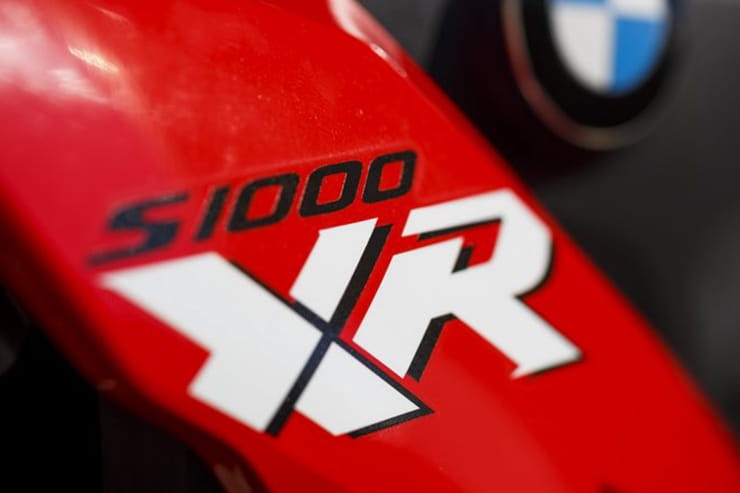2020 BMW S1000XR: New engine? Yes. More power? No.
By Ben Purvis
Motorcycle Journalist
21.10.2019
News of BMW’s upcoming S1000XR adventure bike is coming thick and fast and the latest information reveals that despite a new engine based on the latest S1000RR superbike’s design the 2020 model won’t be any more powerful than the outgoing version.
Of course, since the old model already makes 162bhp (121kW), keeping the same figure isn’t a huge problem; the BMW still manages to put out more than its main rival, Ducati’s 156bhp (116.2kW) Multistrada 1260. But anyone hoping that by moving to its new ShiftCam engine that BMW would raise the power bar even higher might be in for a disappointment.
The new information comes courtesy of European type-approval documents for the new bike, which reveal the peak power and confirm that it arrives at the same 11,000rpm as the old model’s maximum. Despite sharing those figures with its predecessor, the documents do confirm that the engine in the 2020 S1000XR is new.
We discovered last week, courtesy of Californian emissions documents for the new bike, that the 2020 S1000XR is vastly less polluting than its predecessor, and that the bike’s internal codename has changed from ‘K49’ (the old model) to ‘K69’. The European documents go further, revealing that the new model’s engine is officially the ‘A11A10A’. That name clearly suggests that the engine is a close relative of the latest S1000RR’s variable valve timing, ShiftCam unit, which is internally known as ‘A10A10A’. In comparison, the old S1000XR used a ‘104EC’ engine, derived from the previous S1000RR’s ‘104EA’ unit.
Codes aside, the European documents tell us that the 2020 S1000XR is going to be fractionally lighter than the old model, with a ready-to-ride kerb weight of 226kg – 2kg less than the current model. It’s also going to be quieter, with a 94dB peak, down from 98dB, and, despite the same power output, it’s faster with a rated top speed of 158.5mph compared to 155.3mph.
That suggests the aerodynamics are improved, and the Euro type approval reveals that the bike’s dimensions are indeed different. The bars are a little narrower (850mm vs 890mm) and the bike is around 20mm lower than the old one. As before, there will be two suspension heights on offer – the ‘low’ kit bringing the whole bike down by 30mm.
The new S1000XR is also a fraction shorter than the old model, with a concurrent reduction in wheelbase that hints a livelier handling, too.
All will be revealed in full next month when the bike is officially unveiled.
Share on social media:
